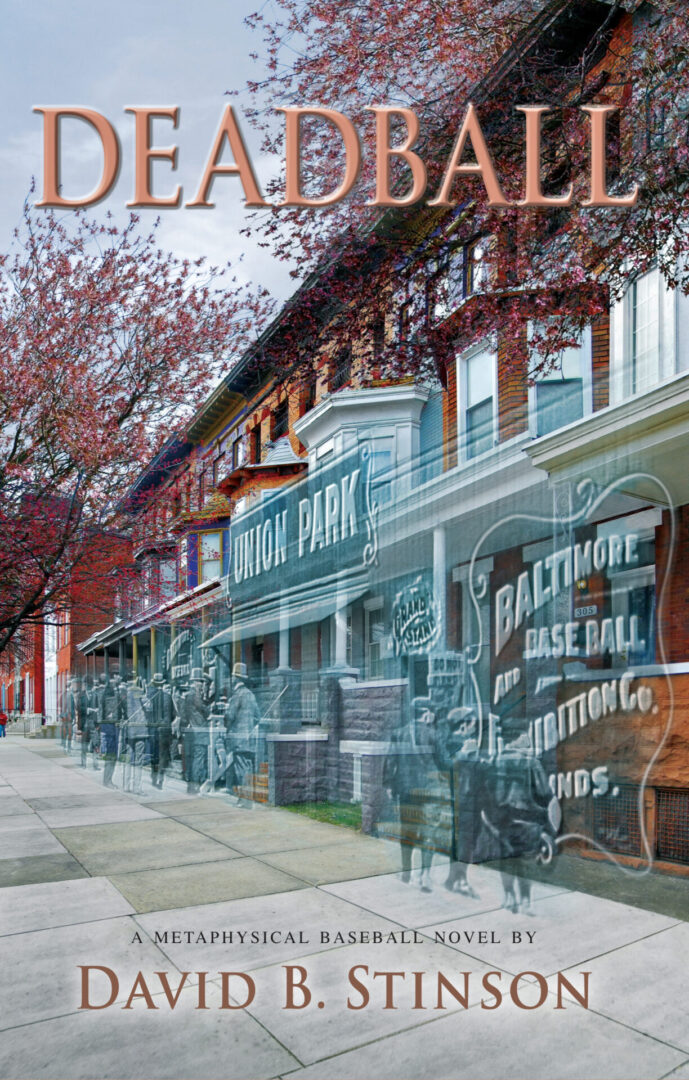Municipal Stadium was located at 1085 West Third Street in Cleveland, Ohio. Also known as Lakefront Stadium, the ballpark was situated on the banks Lake Erie just north of downtown.
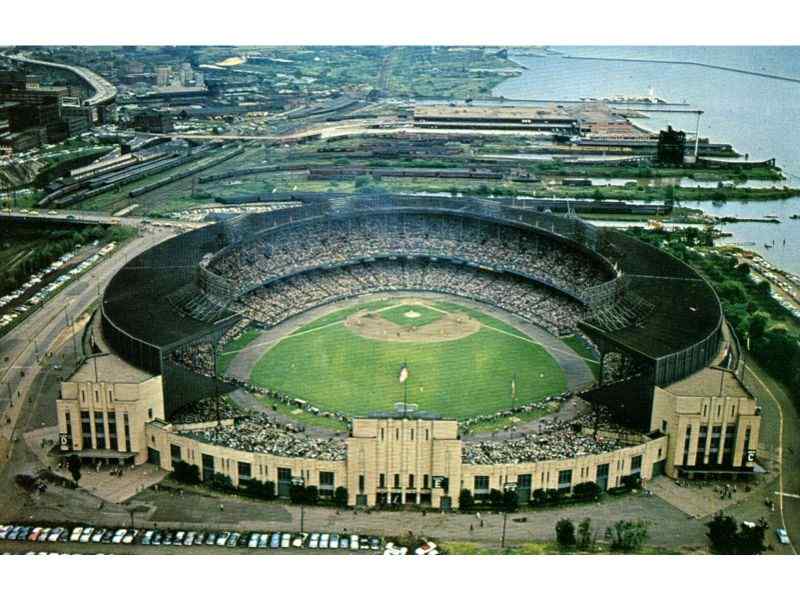
Built in 1931 and designed by the same engineering firm (Osborn Engineering) that designed such ballparks as Fenway Park, Tiger Stadium, Forbes Field, and old Yankee Stadium, Municipal Stadium was the first publicly financed Major League ballpark in the country.
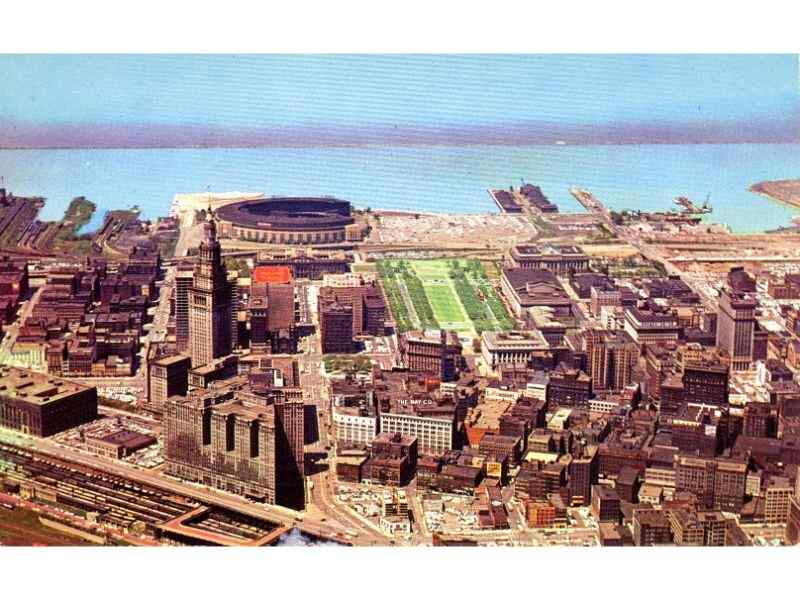
The stadium was known in Cleveland as the “Mistake by the Lake,” in part because of the uncertain weather patterns at the stadium caused by its proximity to Lake Erie.
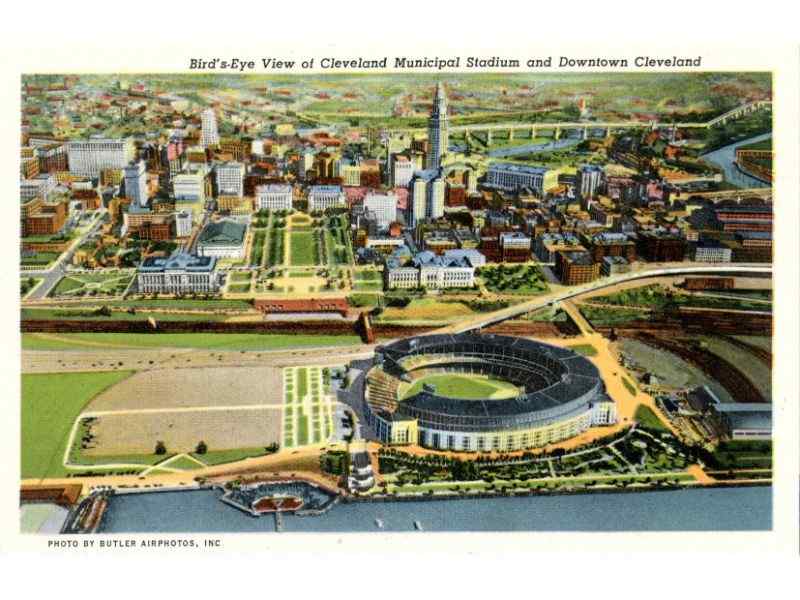
Although some believe that the name is a reference to Cleveland’s failed attempts to bring the 1932 Olympics to the City, in actuality the City of Los Angeles had been awarded those Olympics over a decade earlier.
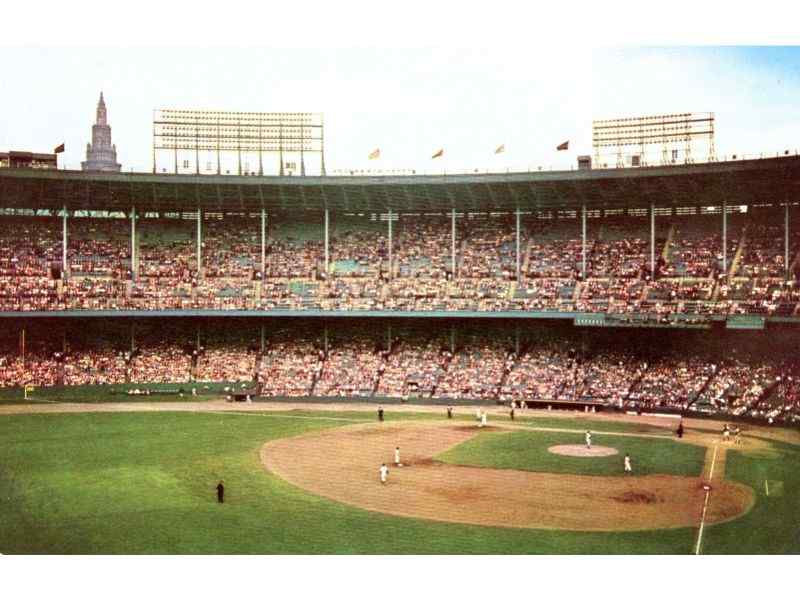
Municipal Stadium was the first multipurpose, Major League stadium in the country. Beginning in July 1932, it was the home of the American League Cleveland Indians. Prior to that time, the Indians had called League Park their home. The Indians brought the World Series to Municipal Stadium in 1948 and 1954.
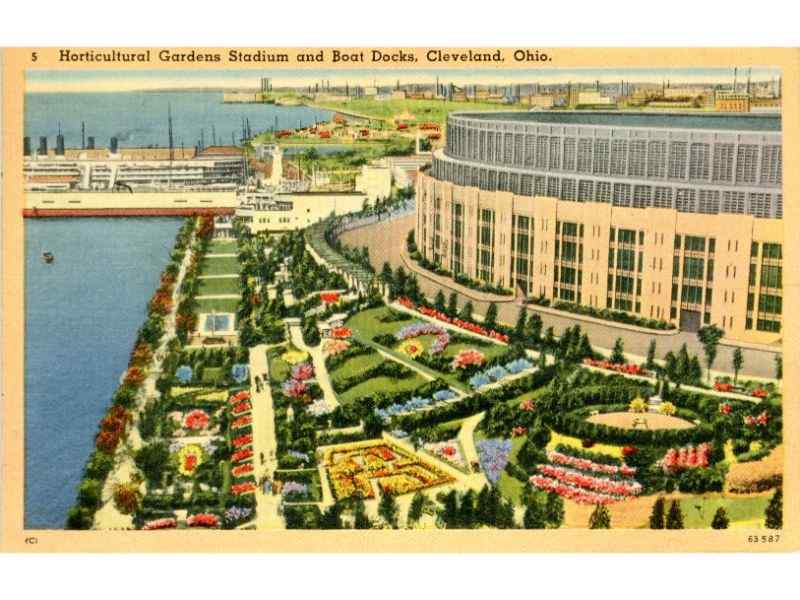
By 1934, the Indians had begun the practice of playing weekday games at League Park and weekend and night games at Municipal Stadium (League Park had no lights). Playing in the smaller confines of League Park (located just four miles east of Municipal Stadium) made economic sense during the Great Depression, given the cost of opening and running Municipal Stadium versus the cost of holding games in the smaller venue. Several Cleveland professional football teams called Municipal Stadium home, including the American Football League and National Football league Cleveland Rams periodically from 1936 to 1945, and the All-American Football and National Football League Cleveland Browns from 1946 to 1995.
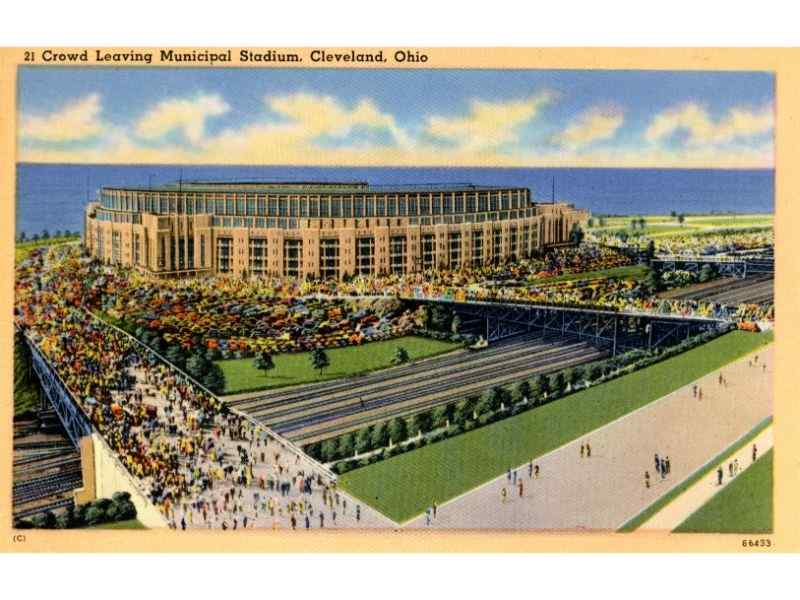
In 1993, the Indians played their final home game at Municipal Stadium, and the following season moved one mile south to their new home, Jacobs Field (named after the team’s owner). The new ballpark also was designed by Osborn Engineering. In 2009, the ballpark’s name was changed to Progressive Field.
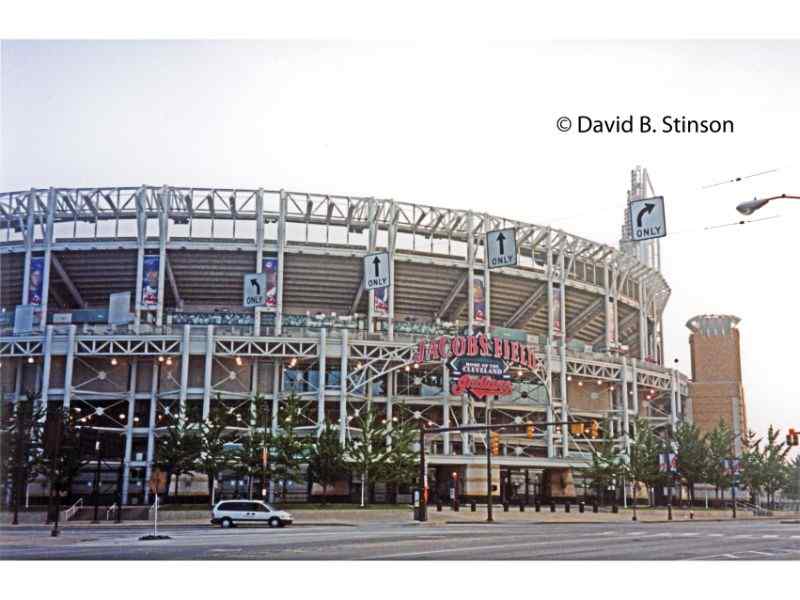
In 1996 the Cleveland Browns departed the city to become the Baltimore Ravens and demolition of the Mistake by the Lake commenced soon thereafter. In 1997, the city began construction of a new football stadium, also designed by Osborn Engineering.
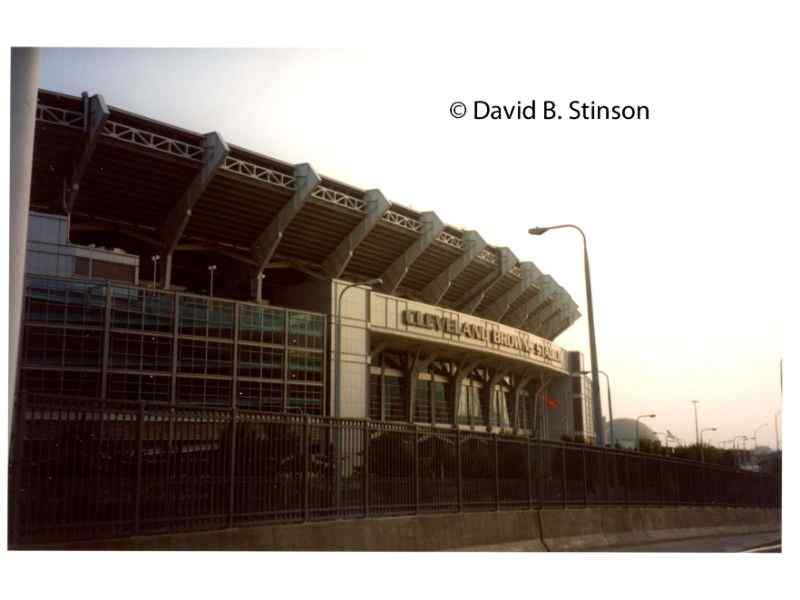
Cleveland Browns Stadium opened in 1999. It is constructed on the footprint of Municipal Stadium. The main entrance to the stadium facing, Alfred Lerner way, is the former location of Municipal Stadium’s first base grandstand.
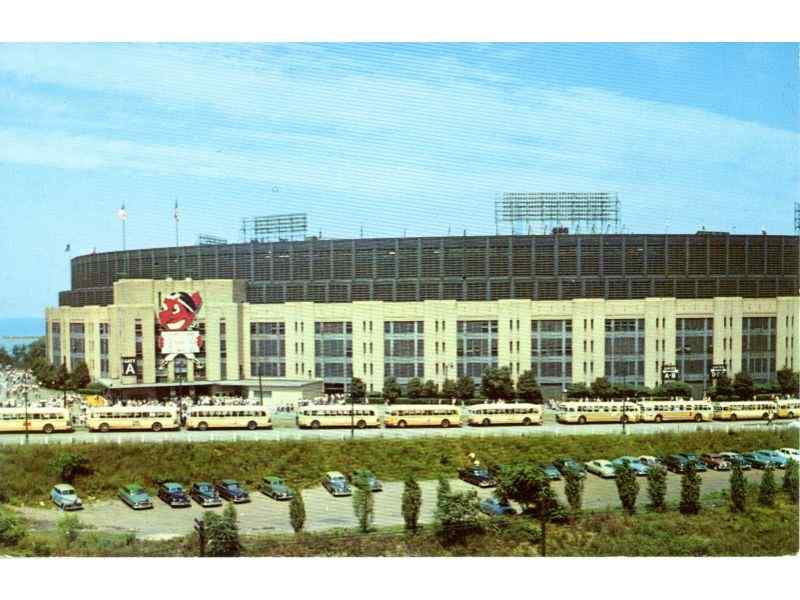
Now known as FirstEnergy Stadium, the entrance along Erieside Avenue (facing northwest) is located near where Municipal Stadium’s left field once sat.

Municipal Stadium’s home plate was located on western most end of the football stadium near W. 3rd Street.
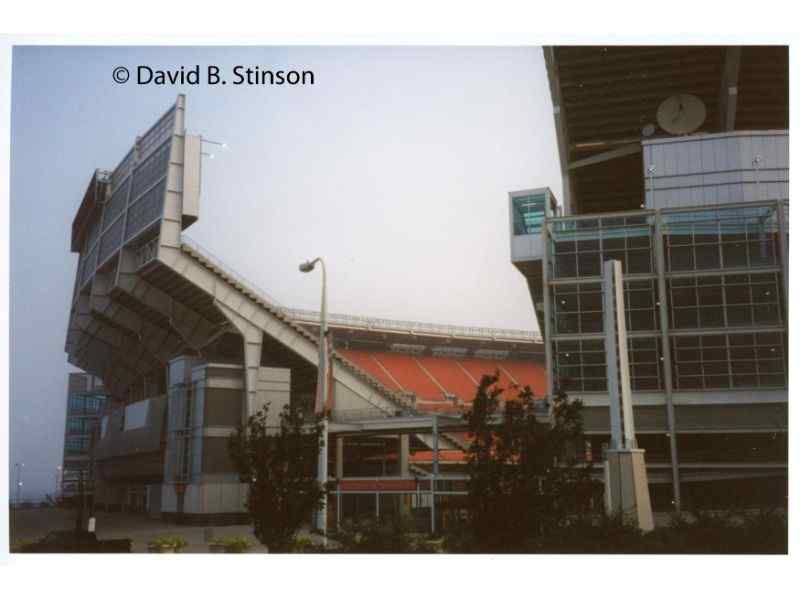
Significant changes to the exterior and interior of the FirstEnergy Stadium were made in 2014.
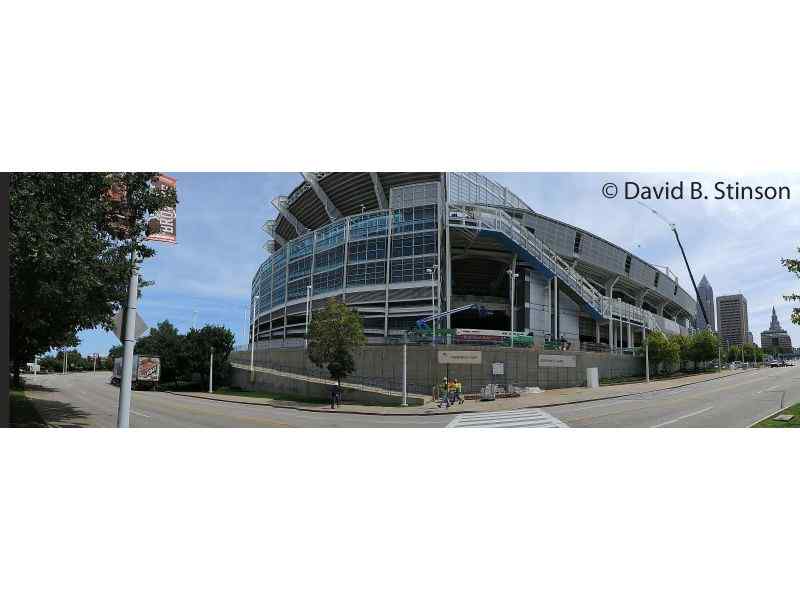
Municipal Stadium’s center field was located just beyond the eastern most entrance to FirstEnergy Stadium.
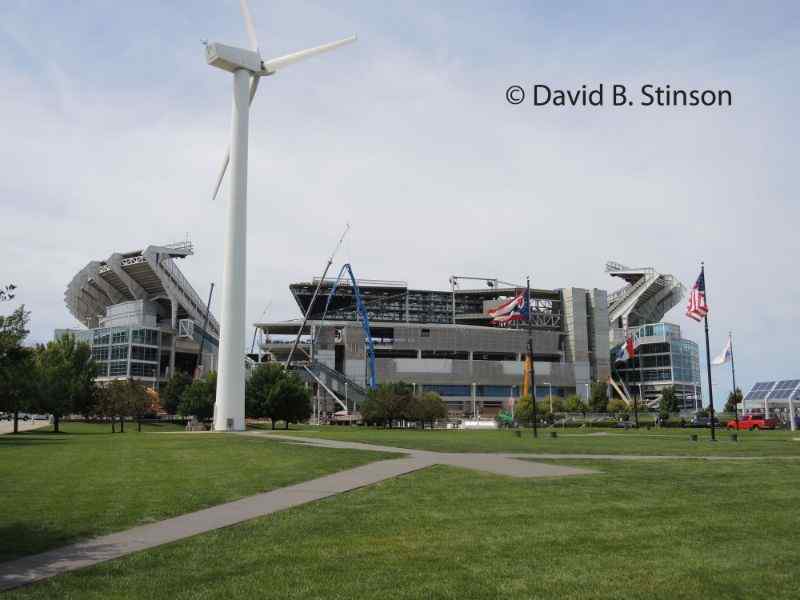
FirstEnergy Stadium, like Municipal Stadium, is surrounded on three sides by the Port of Cleveland.
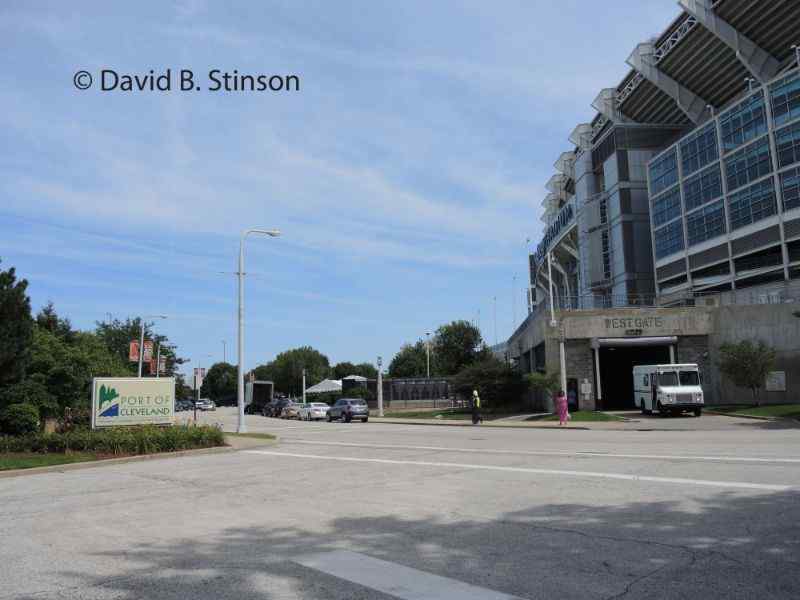
Two plaques located at the stadium’s main entrance on Alfred Lerner Way commemorate the new Brown’s Stadium (now known as FirstEnergy Stadium) and the politicians who helped make it possible.


Although Municipal Stadium is now a lost ballpark, some solace can be taken from the fact that the field where the game once was played is still used for professional football. If anyone know of any plaques or displays at the stadium that commemorate Municipal Stadium or recognize the stadium’s former history, please let me know so I can add that information to this website.
